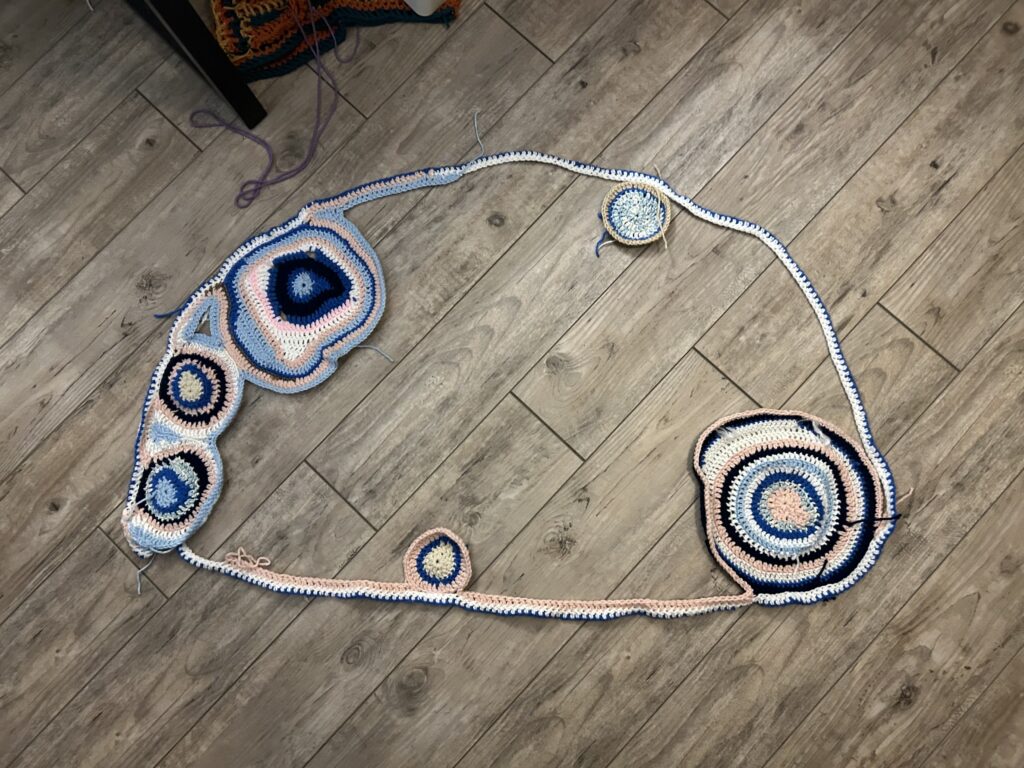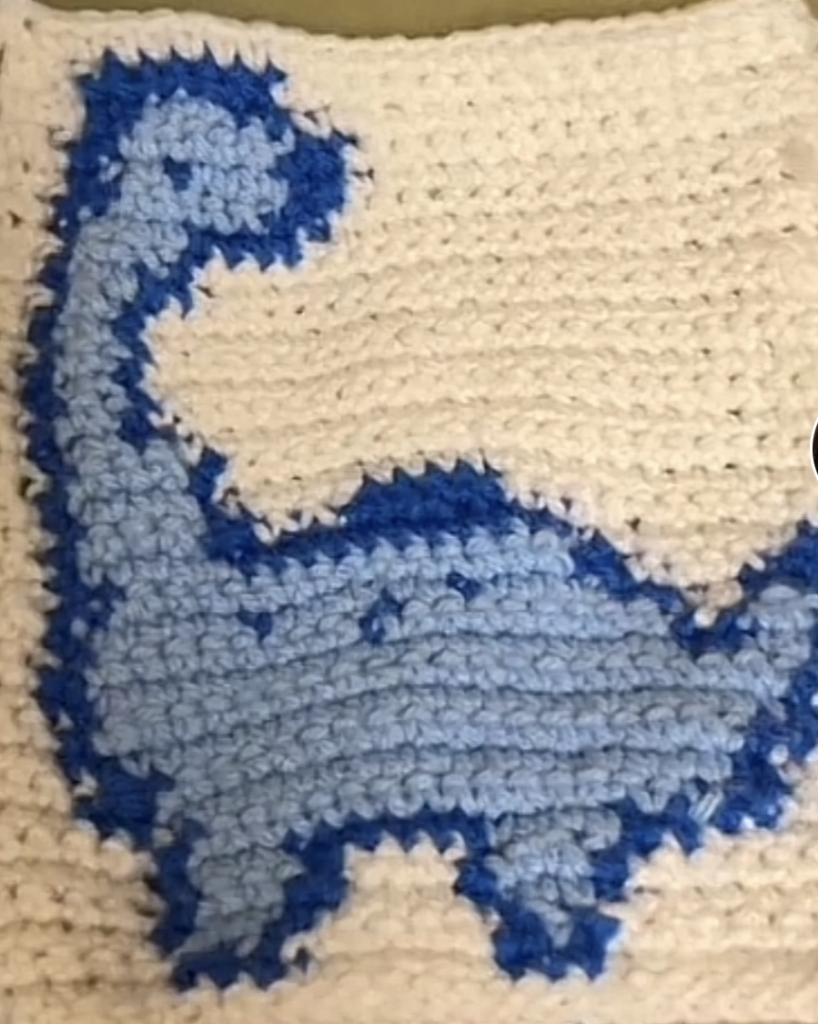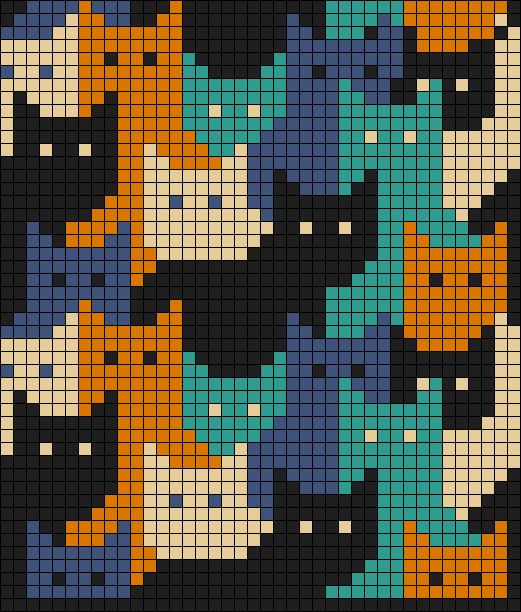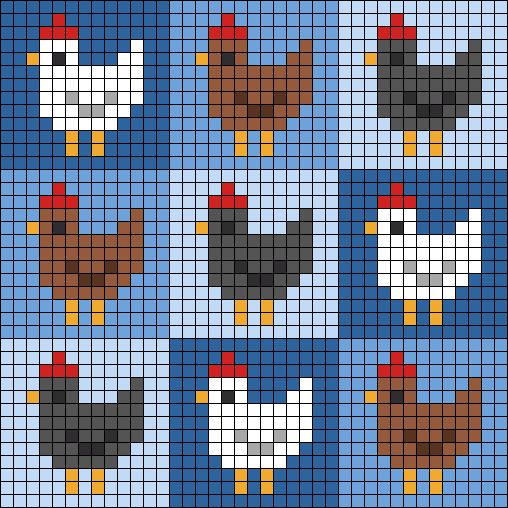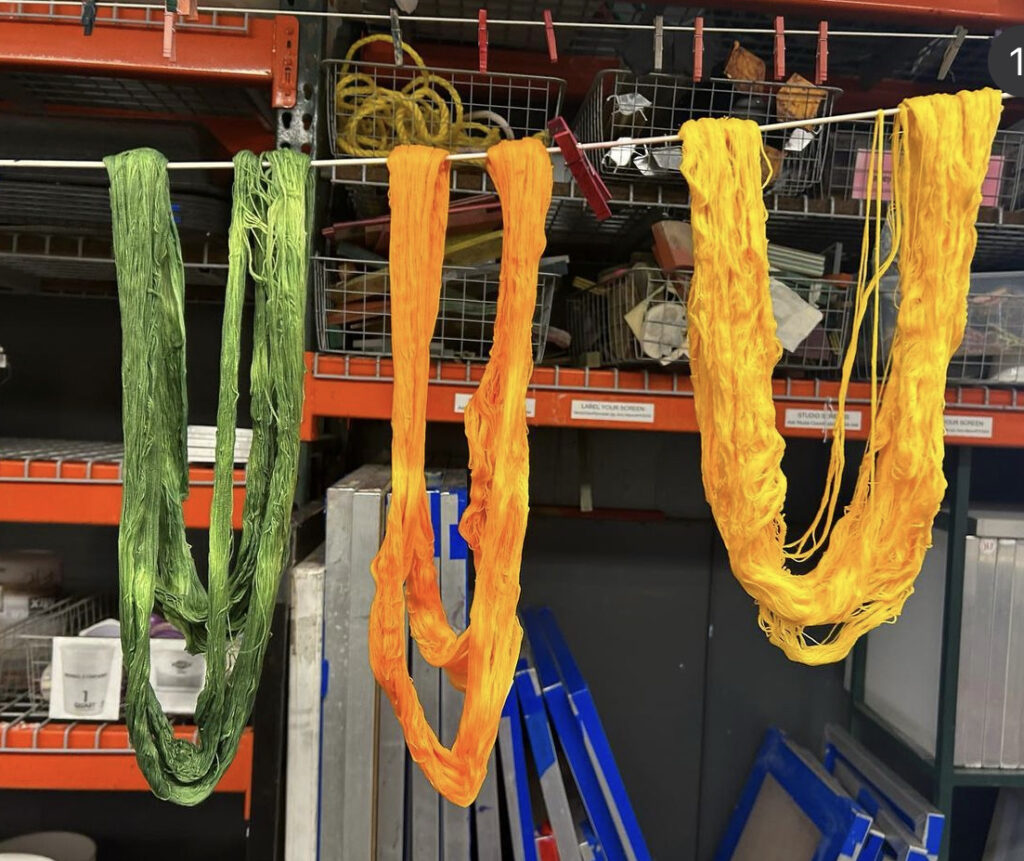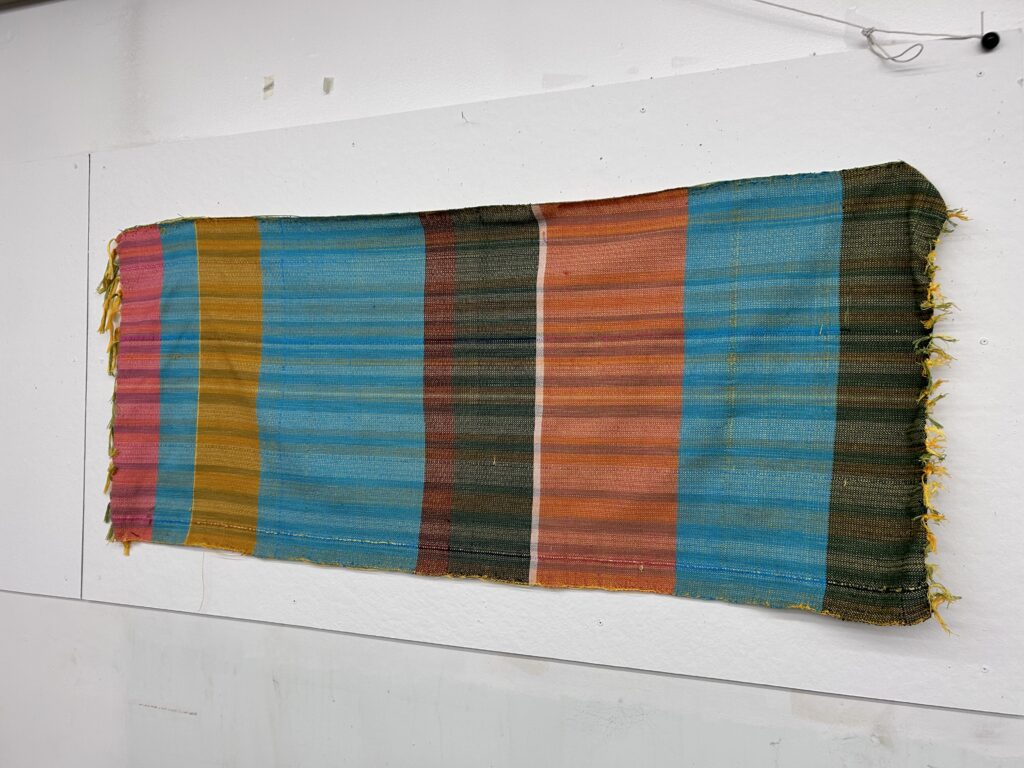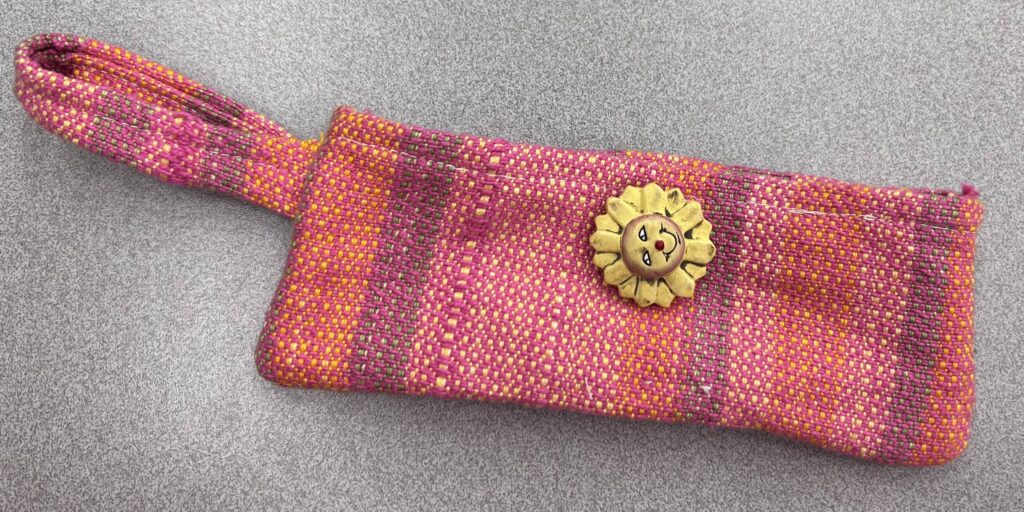Hey everyone!
In order to complete my Christmas gifts for family members this year, I invested in a Sentro knitting machine. This is going to be my honest review of the machine and what it can and can’t do.
I purchased the 48 needle machine knowing that the majority of the crafts I would be making for Christmas would be using the tube setting. This ended up being a really easy and intuitive setting on the machine. The machine has little suction cup feet that will keep it planted to the floor or a counter top while you crank the handle. I was able to hang out with my partner and watch television while I worked.
I used a thicker acrylic yarn which the machine seemed able to turn into a really pretty knit fabric. When i had attempted to use a finer self-striping yarn (which the machine advertises that it can handle) the stitches were much too far apart for the fabric to be usable. When one uses yarn that is too thick for the machine, the hooks will get caught on the yarn, causing the user to be unable to turn the handle. When this happens, there is damage occurring to the handle. It is important to pick a weight of yarn that will work well with both your project and the machine.
I was able to create many hats that my family members seemed to love which this machine. When I had ordered the machine from amazon, it came with four different sized puff makers, a few skeins of yarn, a crochet hook and a few darning needles.
This machine sells for around $50 and is a good investment if you see it as something that you might use often. Keep in mind the yarn weight restrictions and make sure to pick a a machine that has the right amount of needles for the types of crafts that you would like to create.
I personally really enjoy it and think it makes crafting really efficient and more relaxed.
I hope this review helped anyone in their decision!
See you next week,
Marissa





